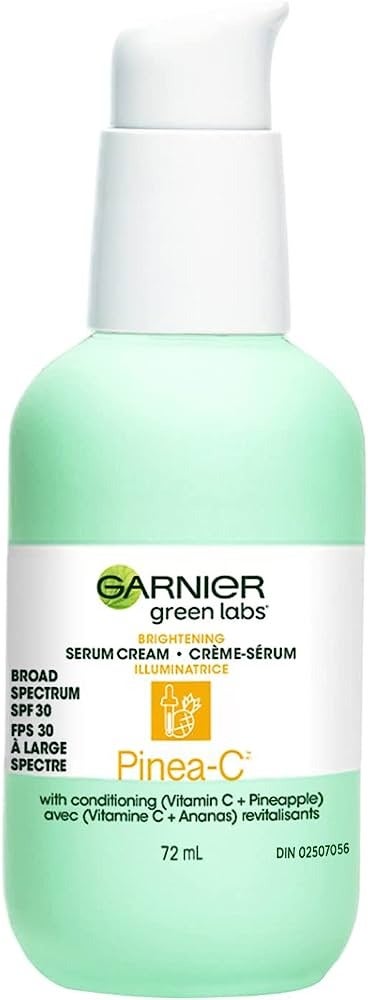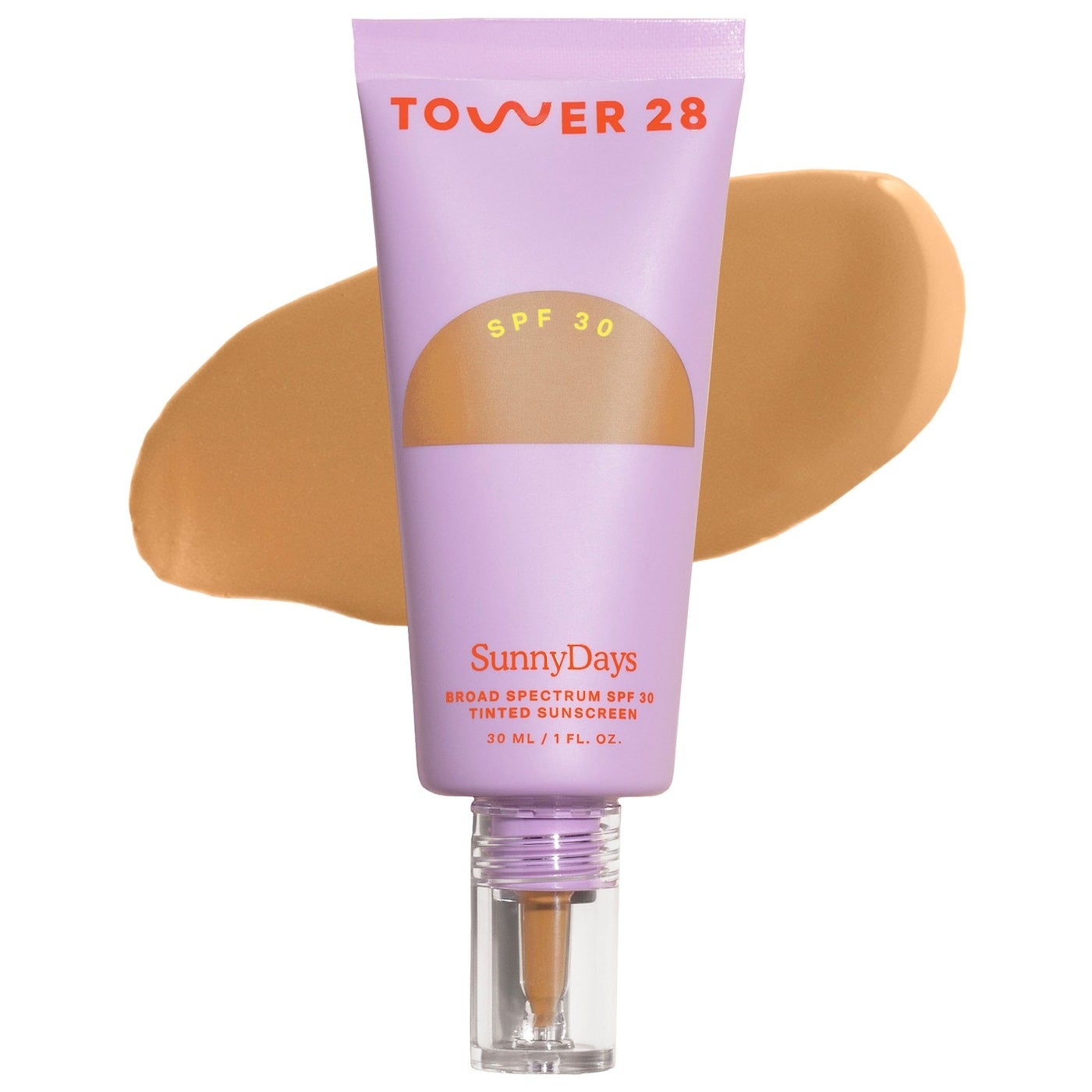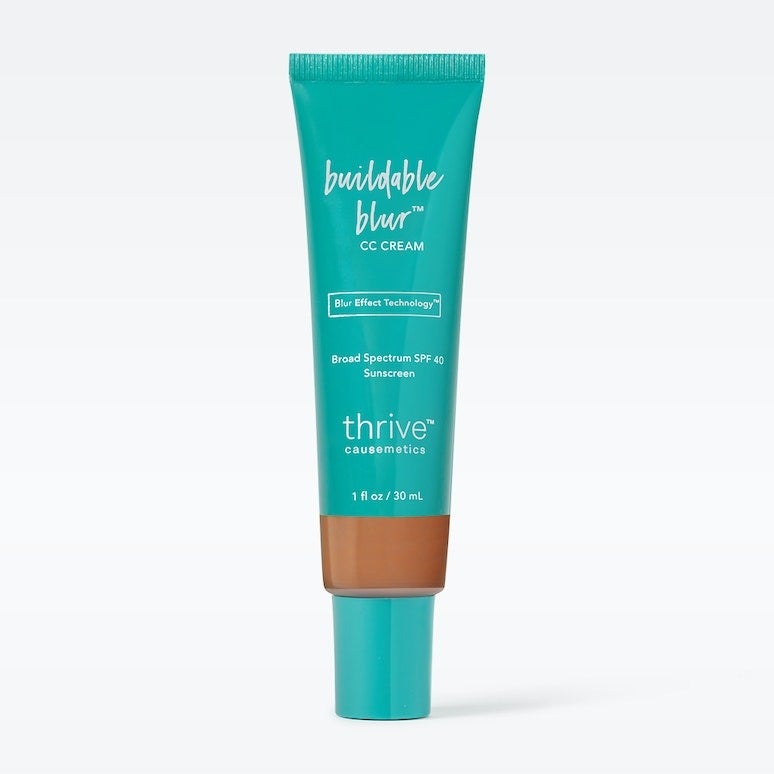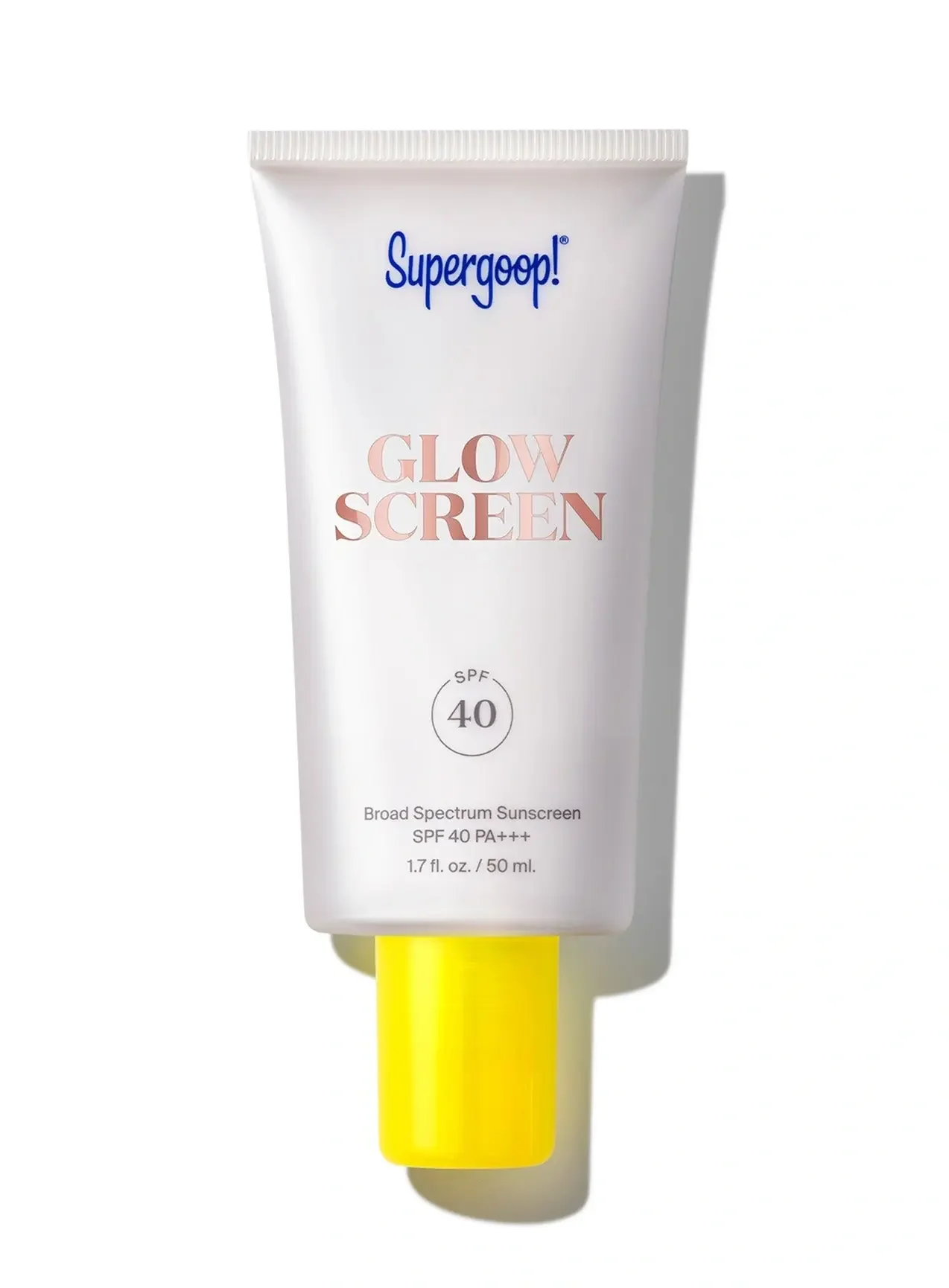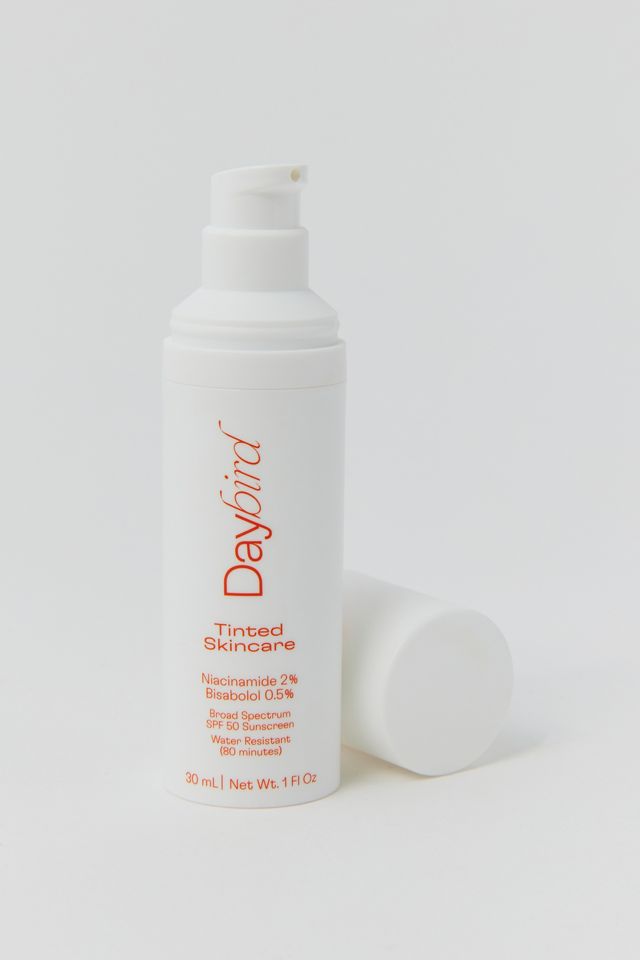SPF Cocktailing Is Trending For Summer — But Dermatologists Hate It
Photographed by Myesha Evon Gardner.
Welcome to Sun Blocked, Refinery29’s global call to action to wake up to the serious dangers of tanning. No lectures or shaming, we promise. Instead, our goal is to arm you with the facts you need to protect your skin to the best of your ability, because there’s no such thing as safe sun.
Whether you’re a beach lover or a pool person, a summer vacation is synonymous with cocktails (or mocktails if you are so inclined). Unless you’re a keen mixologist, it’s a good idea to leave the daiquiris and frozen margaritas to the experts. But when it comes to sunscreen, the concept of cocktailing is something many of us are getting behind lately.
AdvertisementADVERTISEMENT
If your FYP is anything like mine, you’ve likely seen a new trend that seems to be a good idea — namely combining your sunscreen with all manner of different products, from concealer to highlighter. When the concept of 'SPF cocktailing' first flooded TikTok in particular, it felt like an easy way to skip a couple of steps, maximize time and to get the most benefits from your skincare and makeup products. But it does raise some important questions: What exactly happens to that all-important SPF number if you add another layer into the mix? Is sunscreen still effective when combined with other products in your routine? And ultimately, will it keep you protected?
We have the same questions you do, so we tapped a team of dermatologists and cosmetic chemists to see if we really should be making a cocktail with our SPF, or if the popular hack is only going to leave us exposed.
What is SPF cocktailing?
Sunscreen cocktailing involves mixing products like concealer, highlighter — or any other complexion product — with your sunscreen. It’s difficult to pinpoint exactly who came up with the concept, but countless TikTokers and makeup artists are extolling its virtues. On TikTok, Painted by Spencer shows that a little dab of concealer serves to counteract the dreaded white cast that's typical of many mineral or physical sunscreens. Other beauty enthusiasts are mixing foundation with their sunscreen to create a lightweight skin tint, while a handful have discovered that a touch of liquid highlighter creates a dewy, glowing base.
AdvertisementADVERTISEMENT
Will mixing makeup with sunscreen make SPF less effective?
Sunscreen cocktailing might look like an effective hack, but it can leave you unprotected against UVB rays (responsible for sunburn) and UVA rays (which cause premature aging and skin cancer). “This is definitely a bad idea,” says Fatima Fahs, M.D. “There’s a reason why product formulation is a science — it’s very complicated. Mixing products into your sunscreen has a high chance of ruining the formulation and therefore leaving you unprotected from the sun.”
Dr. Fahs explains that mixing different types of sunscreens together, or mixing in other products into your sunscreen, can dilute the sun protection factor (SPF, which is a measure of how much UVB protection a sunscreen provides). This will leave you with a number that is much lower than stated on the bottle. Put simply, you could significantly reduce the efficacy of your sunscreen and leave yourself vulnerable to sunburn.
Dr. Fahs adds that mixing skincare or makeup products into your sunscreen can also disrupt the formulation and create small, microscopic holes in your sunscreen application, also exposing you to harmful UV rays. “On top of this, it’s possible that when certain ingredients are combined together, they can ‘inactive’ one another, potentially leaving you with no sun protection at all,” Dr. Fahs adds. Makeup often contains oils, for example, which can separate the sunscreen in an unintentional way, she adds.
Cosmetic chemist Javon Ford agrees: “Physically mixing [sunscreen] with any other product essentially creates a new formula, which could reduce the efficacy of the SPF, either by diluting the SPF active or inadvertently negating it. This is because some SPF actives are hard to stabilize and may not play well with other ingredients.” The recommended application you see on the tube should be taken seriously — that’s how you ensure your skin is adequately protected.
AdvertisementADVERTISEMENT
How much sunscreen should you apply?
Let’s be real. We’re all still trying to figure out which is the proper amount of sunscreen to use. Should you really be measuring it out in a teaspoon? And when did it go from being the length of two fingers to three? Dermatologist Dr. Elyse Love told me that the three-finger measurement should be enough to cover your face, neck, and decolletage, while the two-finger measurement is enough for just your face and neck.
Another reason why adding extra products to your sunscreen doesn’t make a ton of sense is that it encourages us to believe that we’re applying a good amount of SPF — when it’s highly likely that we aren’t. “You need to apply 2mg/cm of sunscreen to your face in order for it to be effective,” says Bergen Dermatology’s Dr. Naana Boakye, MD MPH. “Many individuals are not applying the proper amount of sunscreen and definitely not applying that much makeup.” For this reason, most dermatologists recommend applying a base layer of broad spectrum, high factor sunscreen and then makeup on top.
How exactly should I be mixing makeup with SPF, then?
In the words of Mrs. Kasha Davis, there's always time for a cocktail — but not here. In general, we’re not using enough sunscreen, so rather than mess with the stability of your chosen product, it’s an even better idea to layer both skincare and makeup with SPF in them. That way, you get maximum benefits. Dr. Boakye says, “In my opinion, it is important to always apply the proper amount of sunscreen first as your base, and then it’s fine to add your makeup products on top.”
AdvertisementADVERTISEMENT
Even better, there are plenty of products — expertly formulated — that are already essentially “skincare cocktails”. Garnier Green Labs Brightening Serum Cream, boasts SPF 30 and vitamin C to shield the skin from UV rays and other environmental aggressors such as pollution, so there’s no need to mix in your trusty vitamin C serum.
Then there are skin tints like Tower 28 Beauty SunnyDays SPF 30 Tinted Sunscreen Foundation, a mineral sunscreen available in 17 “flexible” shades with broad spectrum UVA and UVB protection. No white cast here. Thrive Causemetics Buildable Blur CC Cream Broad Spectrum SPF 40, is available in 28 shades and feels like a second skin, it’s that lightweight. Then there’s Daybird Tinted Skincare SPF 50, a tinted sunscreen infused with all kinds of good skincare ingredients like niacinamide to control excess oil. It does the job of a serum, sunscreen and featherlight foundation in one.
If you’re like me, and are constantly searching for more of a glow to your skin, try Supergoop! Glow Screen or e.l.f. Suntouchable! Whoa Glow SPF 30 Sunbeam, both of which combine the blurring benefits of a highlighter and high protection sunscreen in a moisturizing base.
In an ideal world, we wouldn’t be playing a game of mixology in our bathrooms; sunscreen would work on skin tones across the board and all makeup products would provide an additional layer of UV protection. In reality, the best thing you can do is find a sunscreen that you like and will use regularly. Sunscreen cocktailing can be tempting, especially if you're keen to save time in the morning. But for the sake of your skin, leave the chemistry to the actual experts.
At Refinery29, we’re here to help you navigate this overwhelming world of stuff. All of our market picks are independently selected and curated by the editorial team. If you buy something we link to on our site, Refinery29 may earn commission.
AdvertisementADVERTISEMENT








